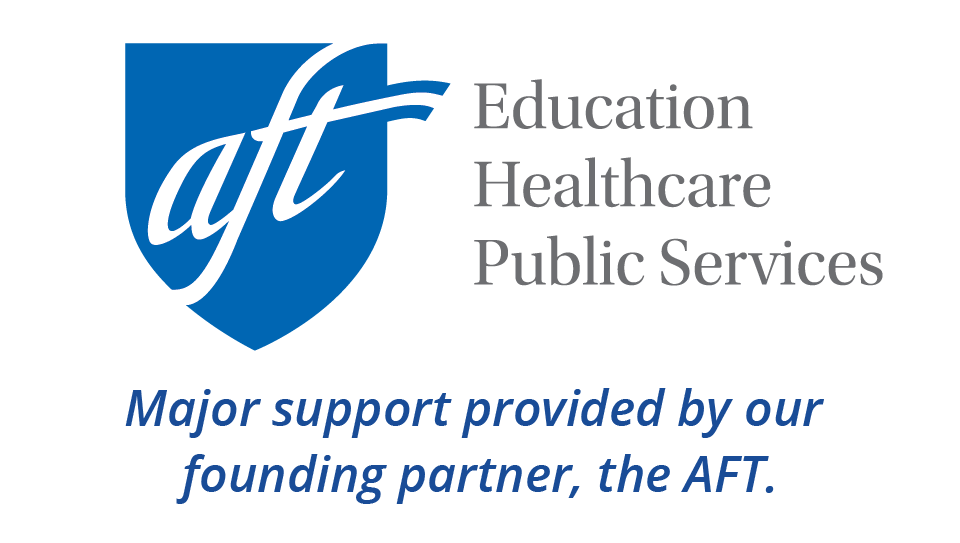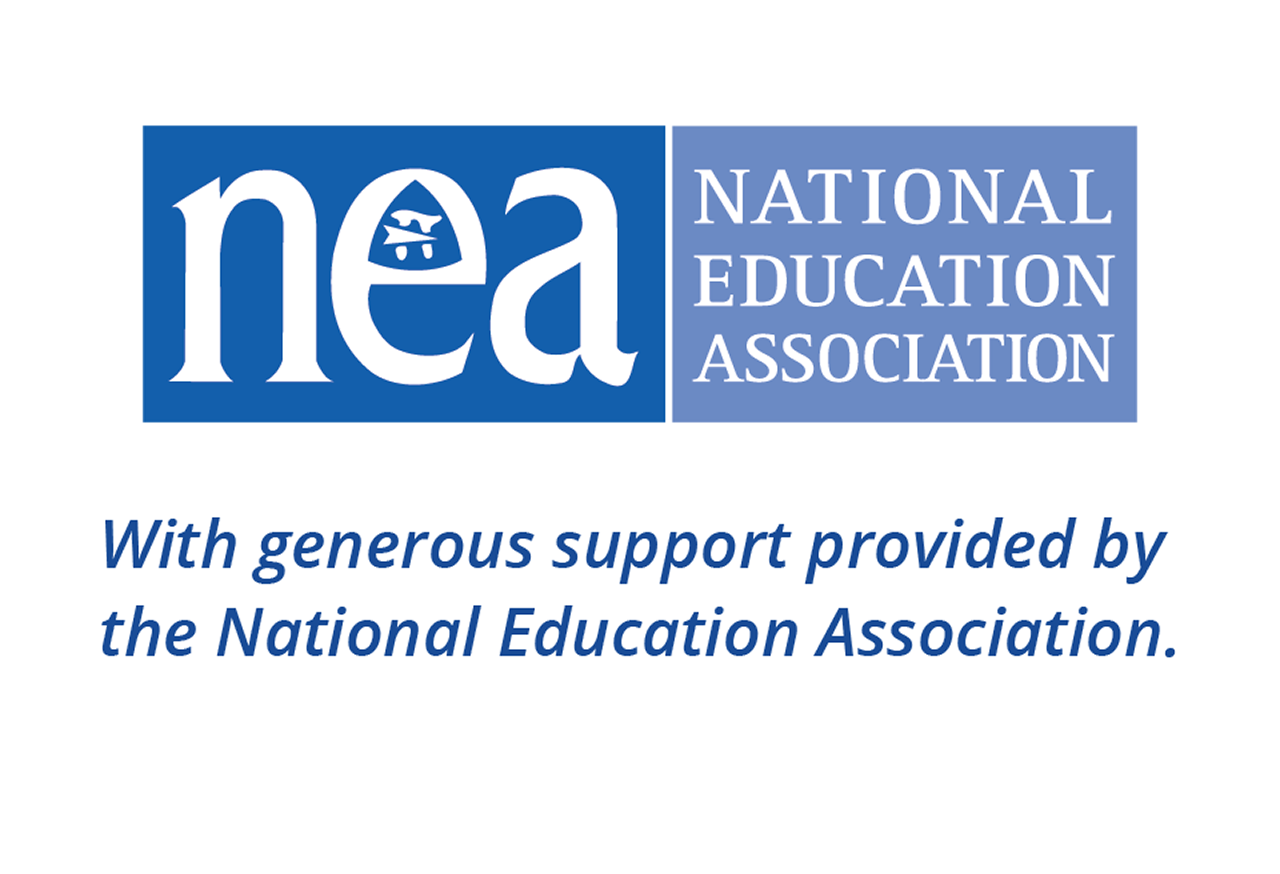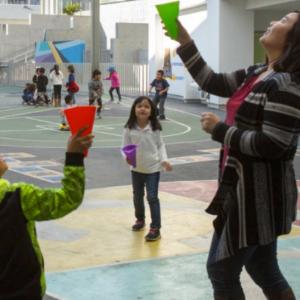ELL News Headlines
Throughout the week, Colorín Colorado gathers news headlines related to English language learners from around the country. The ELL Headlines are posted Monday through Friday and are available for free!
Get these headlines sent to you weekly!
To receive our free weekly newsletter of the week's stories, sign up on our Newsletters page. You can also embed our ELL News Widget.
Note: These links may expire after a week or so, and some websites require you to register first before seeing an article. Colorín Colorado does not necessarily endorse these views or any others on these outside web sites.
WATCH: Teaching in the Time of Coronavirus
Schools provide stability for refugees. Covid-19 upended that
When the Covid-19 pandemic forced schools to pivot to remote learning, Nawar Almadani and her family weren’t sure what they’d do. Her three kids were enrolled in middle and elementary school; she was working toward her GED. They didn’t own a laptop, and even when they got two from school — one from the city for the kids, the other from Almadani’s program — they had to share. Beyond the struggles all families are facing with remote learning, the Almadani family is dealing with additional stress: They fled Syria as refugees, and resettled in Chicago in 2016. They, like many refugee families in the U.S., face a litany of additional obstacles to remote learning, including language barriers, access to technology. Schools are also childcare centers, access to meals and nutrition, a source of support for vulnerable children, and a hub for socialization.
Recruiting and Retaining Diverse Teachers: Why It Matters, Ways to Do It
As coronavirus ravaged Indian Country, the federal government failed its schools
Reading, Writing & Healing: Amid Widespread Anti-Immigrant Sentiment, an Ohio School for Refugees Emphasizes ‘Creating a Childhood’
In many ways, the students at Fugees Academy, housed in a church in the northern part of the city, are the same as any middle schoolers. But the students — from countries including Nepal, Burma, Congo and Iraq — also come to school with challenges totally outside the experience of the typical Columbus tween. Some arrived directly from refugee camps overseas where they received little, if any, formal education; most have been in American public elementary schools that didn’t adequately meet their needs. Lessons at this middle school often involve basics like days of the week and shapes. Staff at the Academy, a private school that students attend with vouchers, have a heavy load. They have to accommodate students’ vast academic and social-emotional needs while preparing them academically in a political climate that’s often hostile to immigrants.






